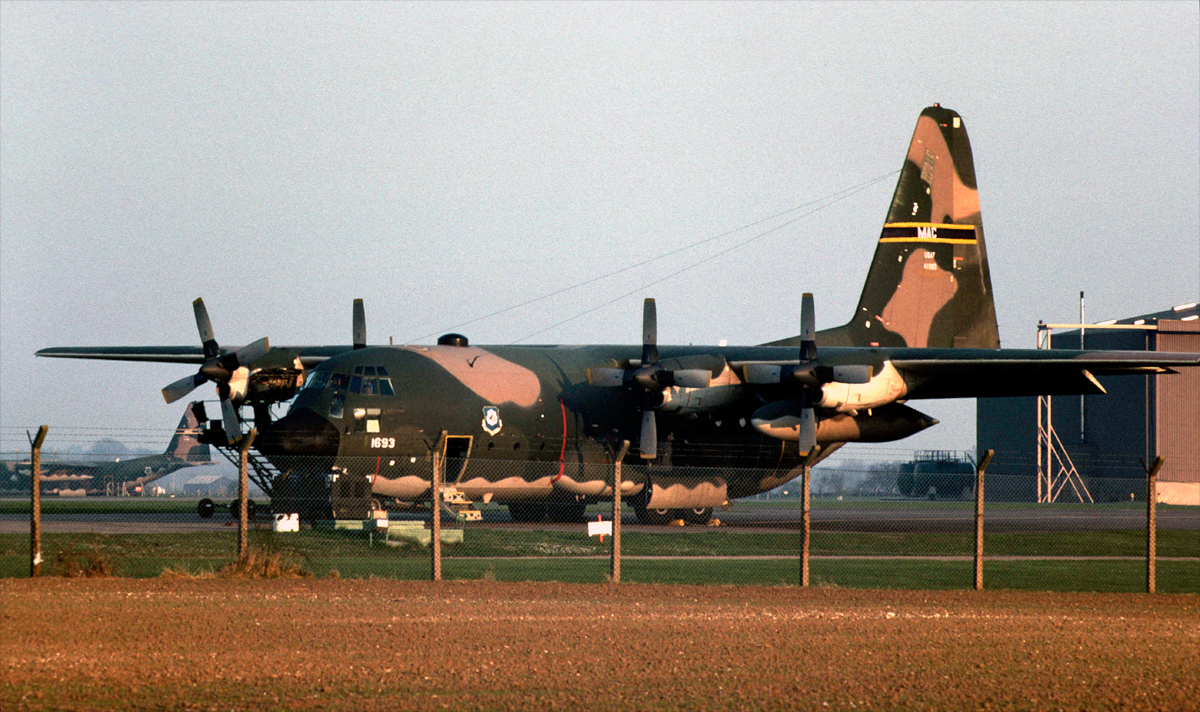Crash of a Cessna 414A Chancellor in Waynesville: 2 killed
Date & Time:
Nov 24, 1983 at 1755 LT
Registration:
N6623C
Survivors:
No
Schedule:
DuPage – Sylva
MSN:
414A-0033
YOM:
1978
Crew on board:
1
Crew fatalities:
Pax on board:
1
Pax fatalities:
Other fatalities:
Total fatalities:
2
Captain / Total hours on type:
713.00
Aircraft flight hours:
73
Circumstances:
After departure at 1417 cst, radar track showed the aircraft climbing to and maintaining 7,600 feet until about 1733 est and 28-30 miles north of the Knoxville VOR. The aircraft then descended and crossed the snowbird VOR at about 6,700 feet. There were several up and down altitude excursions. After crossing snowbird VOR the aircraft turned south and again there were altitude excursions. The final radar contact was at 6,100 feet and about 1 mile from the crash site. The aircraft had impacted mountainous terrain at about 6,000 feet msl and 11 miles from the destination. Meteorological conditions at the crash site included low clouds and precipitation. The pilot's blood alcohol level was 0.4‰. Both occupants were killed.
Probable cause:
Occurrence #1: in flight encounter with weather
Phase of operation: cruise - normal
Findings
1. (f) weather condition - clouds
2. (f) weather condition - rain
3. (f) flight into known adverse weather - continued - pilot in command
----------
Occurrence #2: in flight collision with terrain/water
Phase of operation: cruise - normal
Findings
4. (f) light condition - dark night
5. (f) terrain condition - mountainous/hilly
6. (f) terrain condition - high terrain
7. (c) altitude - inadequate - pilot in command
8. (c) impairment (alcohol) - pilot in command
Phase of operation: cruise - normal
Findings
1. (f) weather condition - clouds
2. (f) weather condition - rain
3. (f) flight into known adverse weather - continued - pilot in command
----------
Occurrence #2: in flight collision with terrain/water
Phase of operation: cruise - normal
Findings
4. (f) light condition - dark night
5. (f) terrain condition - mountainous/hilly
6. (f) terrain condition - high terrain
7. (c) altitude - inadequate - pilot in command
8. (c) impairment (alcohol) - pilot in command
Final Report:








